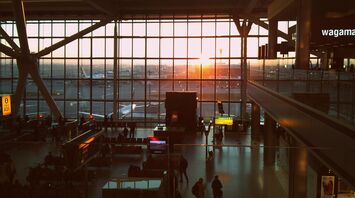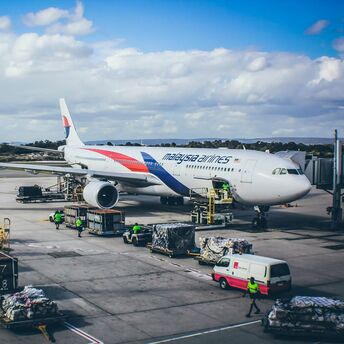Digital Revolution at Heathrow: How Technology is Transforming Travel

Heathrow Airport, one of the world's busiest transport hubs, handles approximately 475,000 commercial flights annually—around 1,400 flights per day. Managing such a vast flow of air traffic requires cutting-edge solutions, and Heathrow is embracing digital technologies to enhance both efficiency and safety. A key innovation is the digital control center, which has replaced the traditional tower view with footage transmitted from cameras strategically positioned across the airfield.
At the heart of this transformation is an artificial intelligence system known as AIMEE. This technology processes data from radars and cameras, capturing every detail of an aircraft’s landing process. From touchdown to runway exit, AIMEE monitors and analyzes operations to ensure they are completed safely. Since its implementation, the system has tracked over 40,000 flights, providing operators with precise, consistent, and actionable data.
What Does This Mean for Travelers?
For passengers, these advancements translate into a higher level of safety and reduced flight delays. By processing real-time data, the digital system minimizes downtime on runways and enhances the overall travel experience.
Impact on the Industry
Heathrow’s example highlights how the integration of AI and digital technologies can transform the aviation industry. Such innovations allow airlines to optimize operations while meeting increasing demands for sustainability and efficiency. Travelers benefit from more accurate departure and arrival forecasts, making trip planning smoother and more reliable.
The digitization of aviation is not just a trend but a necessity in today’s world. For travelers, it offers new opportunities for comfortable and safe journeys, while operators gain tools to make airspace management more reliable and efficient.



















